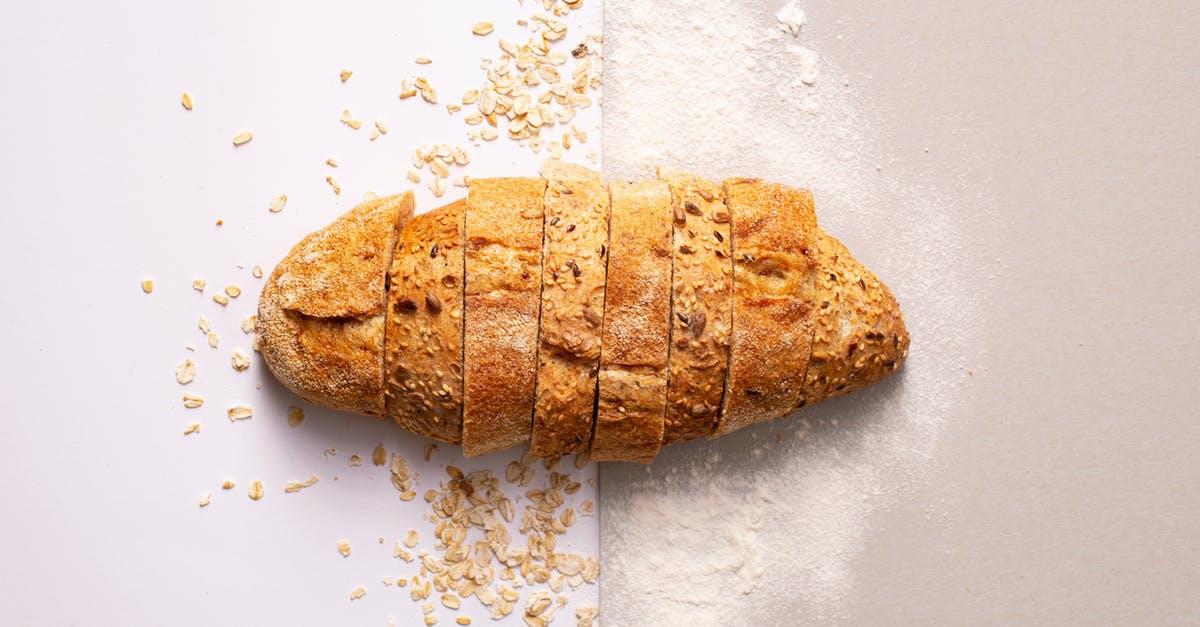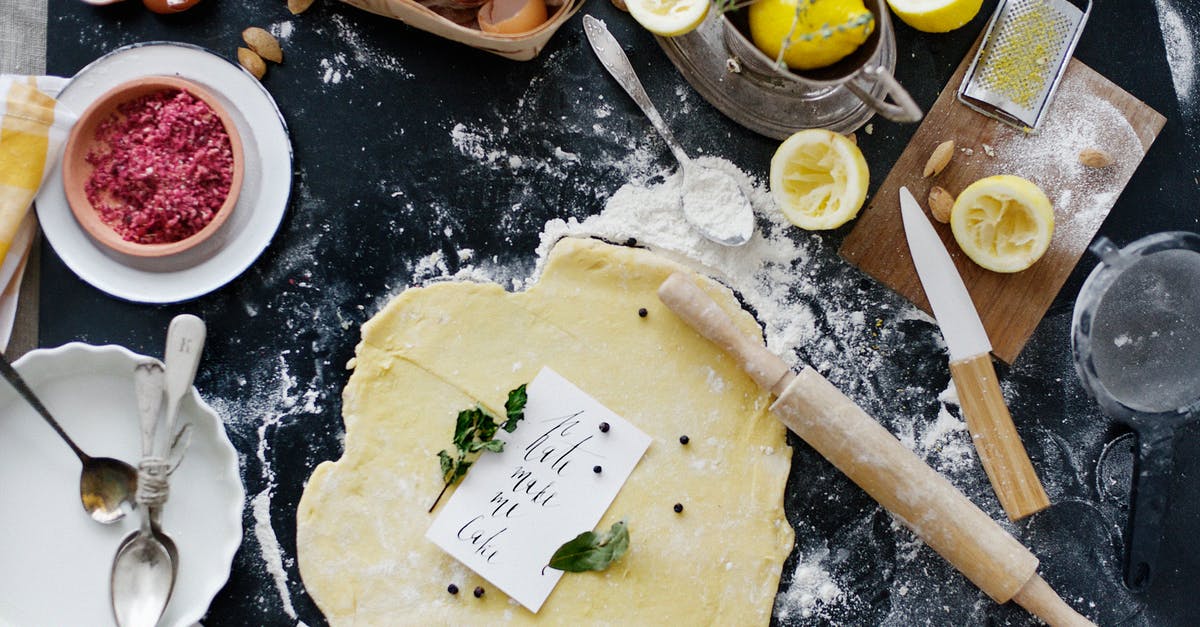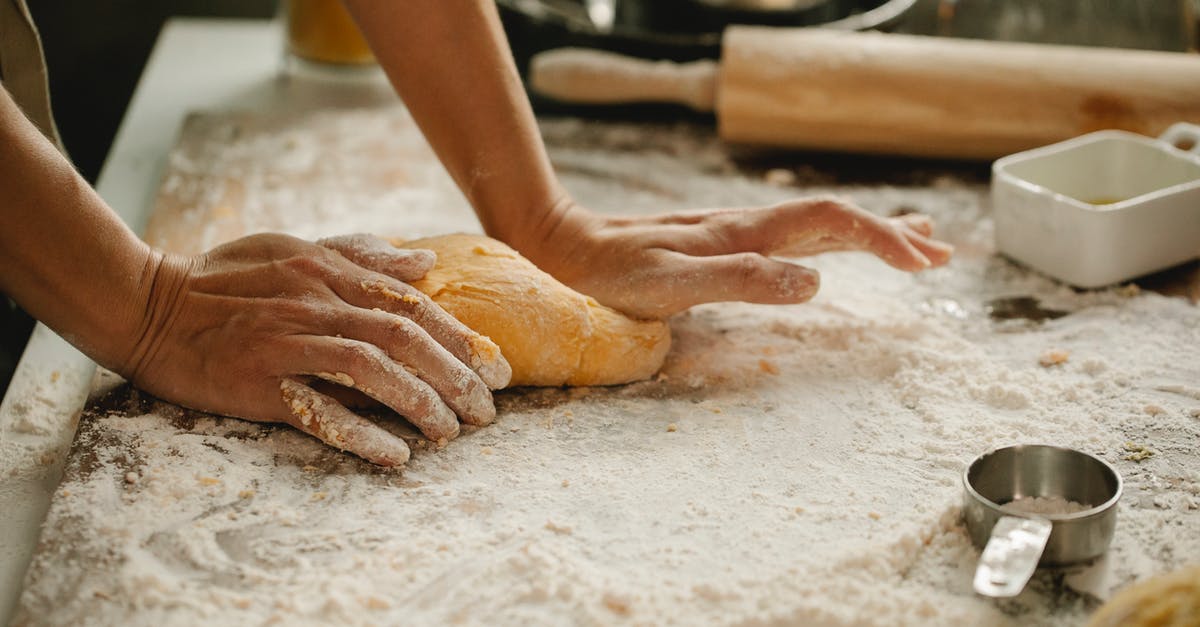Am I calculating bread dough hydration correctly?

I know this seems like it should be obvious; calculating bread dough hydration isn't rocket science. My recipe is 600 g of flour, 270 g of water, 57 g of butter, 46 g of honey, 1.5 tsp of salt, 2 tsp of yeast. Salt and yeast are in tsp because at those light weights, there's a significant difference in volume in fractional grams but the idea is 6g of yeast and 7g of salt.
I've read that butter and honey both have about 18% water so I add that to the water and I end up with 48% hydration. Everything I read says this is way too low. The dough in the bread machine seems very moist and is quite sticky. I used a batch for making hamburger buns, using the dough cycle, and it was so sticky and wet I couldn't work with it. But baked in the machine, the bread comes out pretty good, rising to within 1/2 inch of the machine lid and it holds up well to slicing, sandwiches, etc.
So, what gives? Is my calculation wrong or is there some reason I'm succeeding at 48% and, at 48%, the dough is very wet and sticky?
I also make sour dough bread at higher hydration, about 60%, without the breadmaker but it is never as sticky as the bread machine recipe - using the same flour. The flour is Montana All Purpose Flour - a premium flour sold at Walmart.
Is this experience normal or am I doing, measuring, calculating, something wrong?
Best Answer
Hydration is an idea to help you predict the dough consistency/workability based on the ratio of water to flour - but with a highly enriched dough, the effect of the additional ingredients is so strong, that it loses its predictive value. It is also no longer perfectly defined when you have ingredients which make the dough softer without clearly being water/a liquid.
When you calculate the hydration as normal, it is 45% (270/600). It makes no sense to look up the percentages of water in butter and honey and add those, because you didn't add separate water and separate solids; you added one product (actually two here) with its own physical properties, which "acts" as a whole in the dough.
If the low number shocks you, you can try making some kind of creative adjustment, maybe counting all of the honey as a liquid. But really, whatever number you arrive at, you should no expectation that the dough behaves the same way as an unenriched dough of the same hydration. Personally, I would just stop stretching the concept and trying to fit it into situations it is not meant for. You already know how the dough from this recipe feels, there is no need to attach an abstract number to that.
Pictures about "Am I calculating bread dough hydration correctly?"



How is hydration calculated in bread dough?
Divide the weight of the water by the weight of the flour and then multiply the result by 100. For example, a recipe containing 1 1/4 cups of water (10 ounces) and 3 cups of all-purpose flour (15 ounces) will have a 67 percent (10/15 x 100 = 67) hydration level, indicating a moderately airy crumb.How do I know if my dough has enough water?
In general, the dough is considered wet enough when all of the dry ingredients have been combined and there are no dry patches or uncombined ingredients remaining in the bowl. The dough should feel sticky, firm, and a bit stretchy once it has been mixed together.How wet should my bread dough be?
Texture \u2013 The higher the hydration level of your bread, the softer the texture will be, and the more open the crumb will be (i.e. bigger holes inside). Crust \u2013 Sourdough bread crust tends to be quite thick and hard, but a higher hydration sourdough has a thinner crust that stays crispy for longer.Baker's Percentage \u0026 Dough Hydration Explained
More answers regarding am I calculating bread dough hydration correctly?
Answer 2
Yes, you're calculating it right, it's the flour that makes the difference.
Hydration percent will give you a different result with different flours. Gluten content and grain type and grind (i.e. fine vs course) all influence how much water a dough will absorb. You are using white AP (i.e. plain) flour which has a lower gluten content than bread flour, if you used bread flour or whole wheat instead you'd get a drier dough with the same percentage of hydration.
Answer 3
When making Sourdough I aim for 70% hydration by weight. When using butter, I melt the butter and calculate its weight as 100% liquid, and reduce the water by that amount. This method consistently results in dough with the same workability as when using only flour and water with 70% hydration. I know the butter is not 100% water, but treating it as such works for me.
Sources: Stack Exchange - This article follows the attribution requirements of Stack Exchange and is licensed under CC BY-SA 3.0.
Images: Mariana Kurnyk, Igor Ovsyannykov, Daria Shevtsova, Klaus Nielsen
